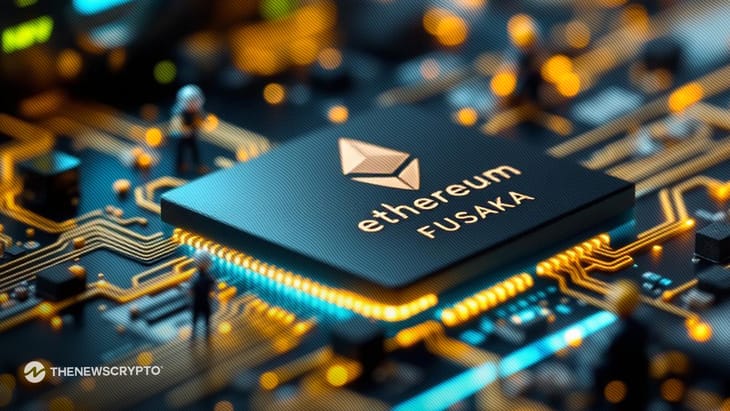Ethereum’s Fusaka Hard Fork Tentatively Scheduled for November

Core Ethereum developers have tentatively settled on November as the release date for Fusaka. It is the next major hard fork of the protocol. This fork will improve the network’s efficiency and scalability.
EIPs Target Scalability and Security
Moreover, on Wednesday, the next devnet for the Fusaka hard fork will be available. By the end of September, the first public testnet should be up and running. Fusaka will include eleven Ethereum Improvement Proposals (EIPs). Including EIP‑7825, that aim to enhance scalability and strengthen the network against harmful assaults.
Even though EIP‑7907, which would have doubled the restriction on contract code size and included gas metering, was deleted to expedite testing. Developers have nonetheless suggested increasing the Ethereum gas cap to 150 million. Also, Tim Beiko, a key developer on Ethereum, said in April that the contentious EVM Object Format change would not be included in Fusaka.
September and October will see the release of two public testnets. And early November will see the final deployment of the Fusaka hard fork. In an effort to improve the user experience, Ethereum core developer Barnabé Monnot proposed lowering the block time from 12 seconds to six seconds. This change is planned to be implemented in the Glamsterdam upgrade, which is slated for 2026.
Furthermore, proposals to increase the gas limit to 45m, decrease transaction fees, and improve scalability have been put up by validators. “Almost exactly 50% of stake is voting to increase the L1 gas limit to 45m”, Ethereum co-founder Vitalik Buterin noted.
Highlighted Crypto News Today:
Crypto ETPs See Record $4.4B Weekly Inflows, Ether Dominates